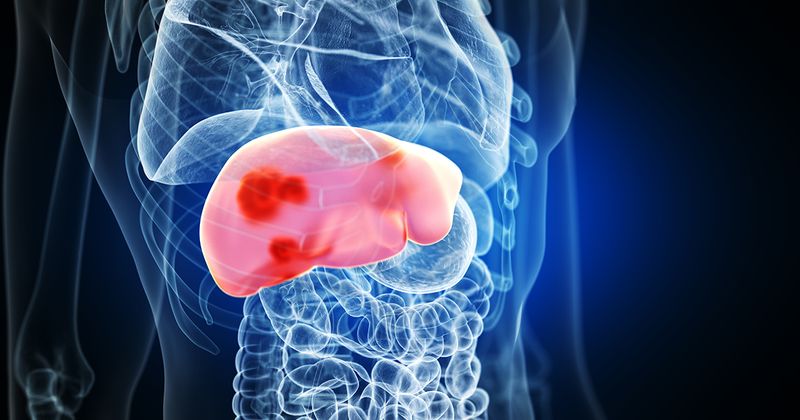‘Unprecedented level of fibrosis improvement’ through 96 weeks with efruxifermin for MASH
Key takeaways:
- At 96 weeks, 75% of patients on efruxifermin 50 mg had at least a one-stage improvement in fibrosis without worsening of MASH.
- One-third of efruxifermin-treated patients had a two-stage improvement in fibrosis.
Treatment with efruxifermin resulted in significant improvement in fibrosis at week 24 in patients with metabolic dysfunction-associated steatohepatitis, which was “sustained and expanded through week 96,” according to late-breaking data.
“There is a great unmet need for patients who have advanced fibrosis due to MASH. In our previous 16-week, phase 2a BALANCED study of patients with pre-cirrhotic MASH, we found that efruxifermin significantly reduced liver fat and was generally reported to be well-tolerated,” Kitty Yale, study investigator and chief development officer at Akero Therapeutics, told Healio. “We also had preliminary histology data that showed efruxifermin had the potential to reverse fibrosis in as little as 16 weeks, accompanied by reduced markers of liver injury and fibrosis.”

Yale continued, “We performed the 96-week phase 2b HARMONY study to substantiate efruxifermin’s potential to reverse fibrosis and resolve MASH in a larger population of patients with biopsy-confirmed MASH and fibrosis stage 2 or 3, to inform dose selection and trial design for our registrational phase 3 program.”
In the phase 2b, HARMONY trial, Yale and colleagues randomly assigned 128 patients with MASH to once-weekly placebo or efruxifermin 28 mg or 50 mg for 96 weeks and collected liver biopsies at baseline and weeks 24 and 96. They assessed safety and tolerability, liver histopathology, and liver and fibrosis noninvasive markers in end-of-study analyses.
According to researchers, 75% of patients on efruxifermin 50 mg and 46% on efruxifermin 28 mg exhibited improvement in fibrosis by at least one stage without worsening of MASH vs. 24% on placebo.
In addition, Yale noted that “approximately one-third of patients in either efruxifermin dose group experienced a two-stage improvement in fibrosis without worsening of MASH.”
Researchers also reported that MASH resolved without worsening of fibrosis in 57% and 62% of patients on efruxifermin 50 mg and 28 mg, respectively, vs. 24% on placebo. MASH resolution and fibrosis improved at least one stage in 54% and 42% vs. 9%.
“Improvements in fibrosis and steatohepatitis associated with efruxifermin treatment at week 24 were sustained and expanded through week 96,” Yale told Healio.
Over 96 weeks, diarrhea and nausea were the most frequent drug-related adverse events, researchers reported. By week 24, there were two discontinuations due to drug-related adverse events in each efruxifermin dose group, and by week 96 an additional three patients (28 mg, n = 2; 50 mg, n = 1) discontinued. No drug-related discontinuations were reported in the placebo group.
“A fast-acting antifibrotic therapeutic would be a real breakthrough for patients,” Vlad Ratziu, MD, PhD, study investigator and professor of hepatology at Sorbonne University in Paris, told Healio. “Results showed an unprecedented level of fibrosis improvement following treatment with efruxifermin 50 mg. Of particular interest, efruxifermin had similar results in the subsets of patients who are historically hardest to treat — those with type 2 diabetes, stage 3 fibrosis and those who carry one or two risk alleles of the PNPLA3 gene. These features are common among patients with MASH seen in the clinic.”
Ratziu, who presented the data at EASL Congress, added: “The deepening of response from week 24 through week 96 reflects the potential impact of combining direct and indirect antifibrotic activity, in a single mechanism, on MASH pathology.”

